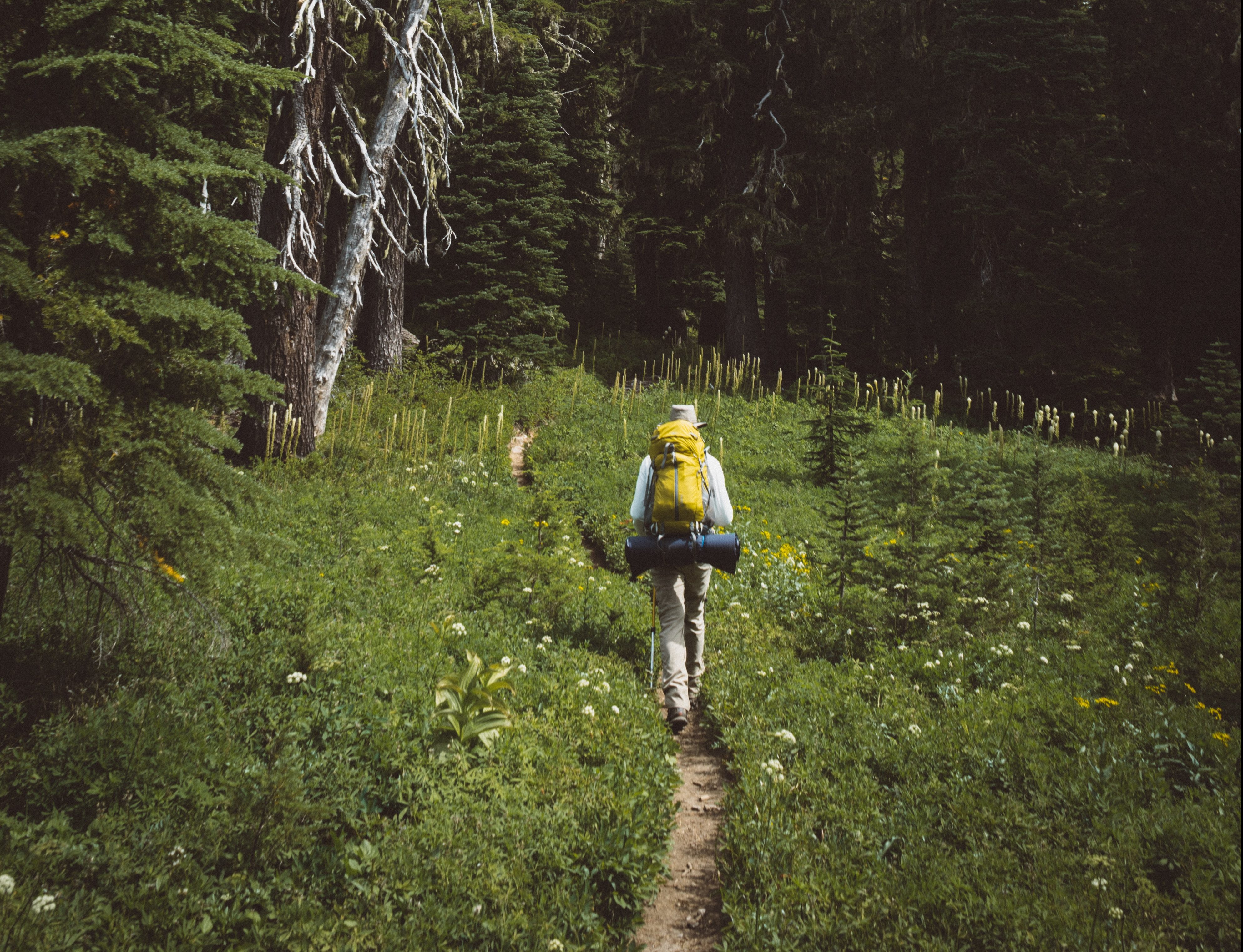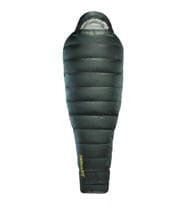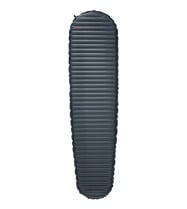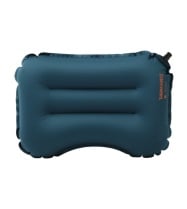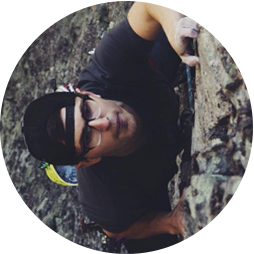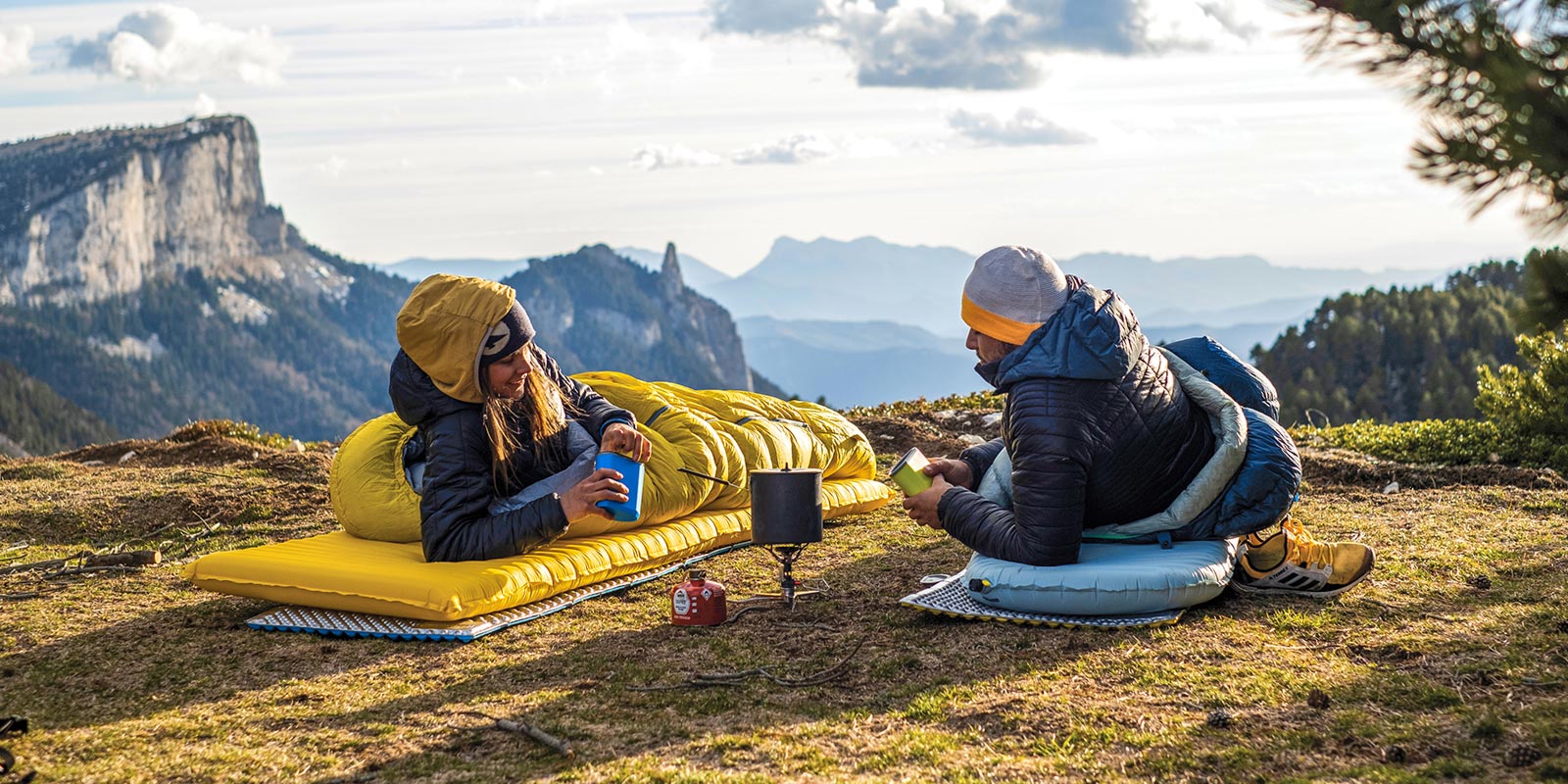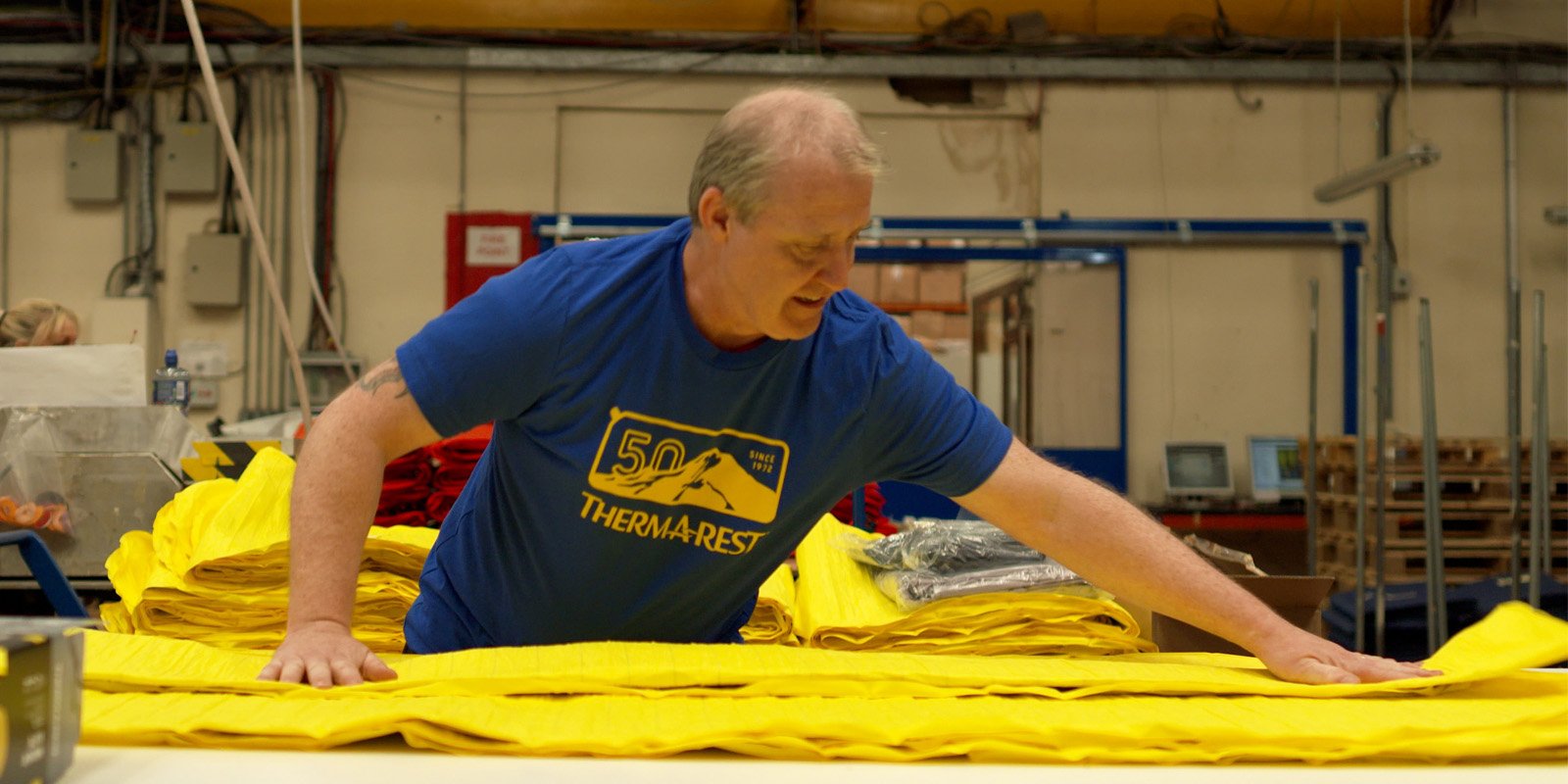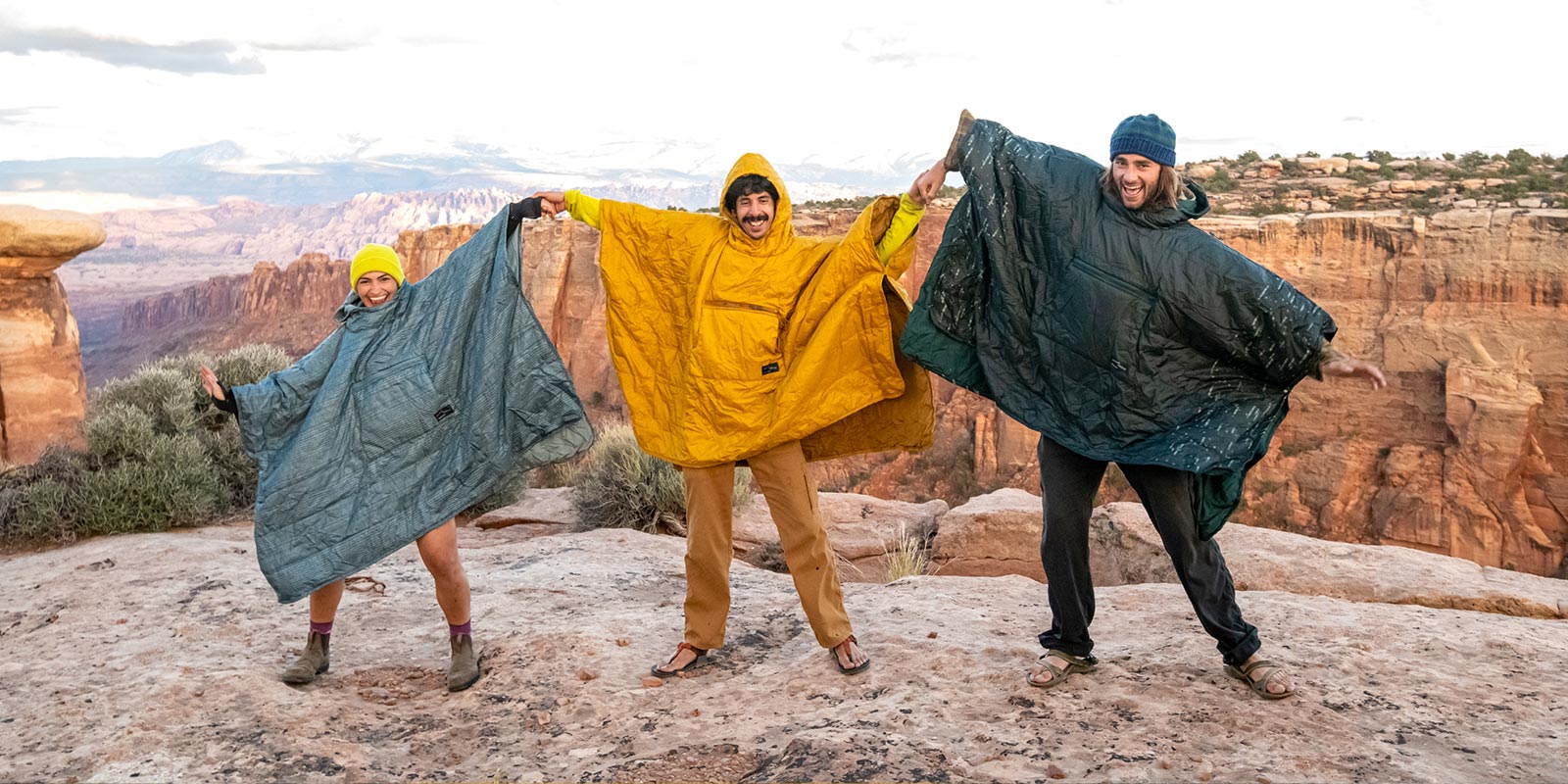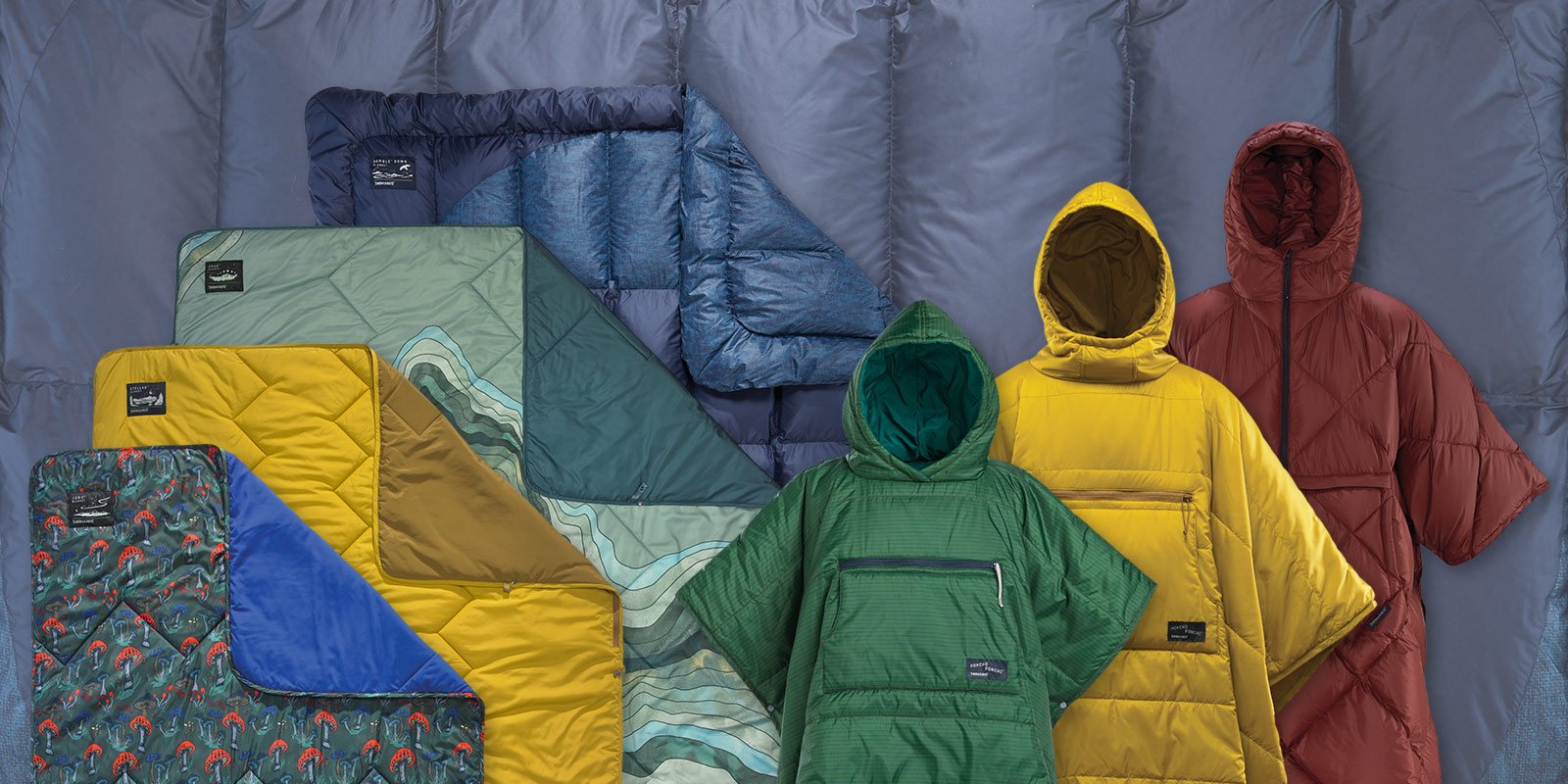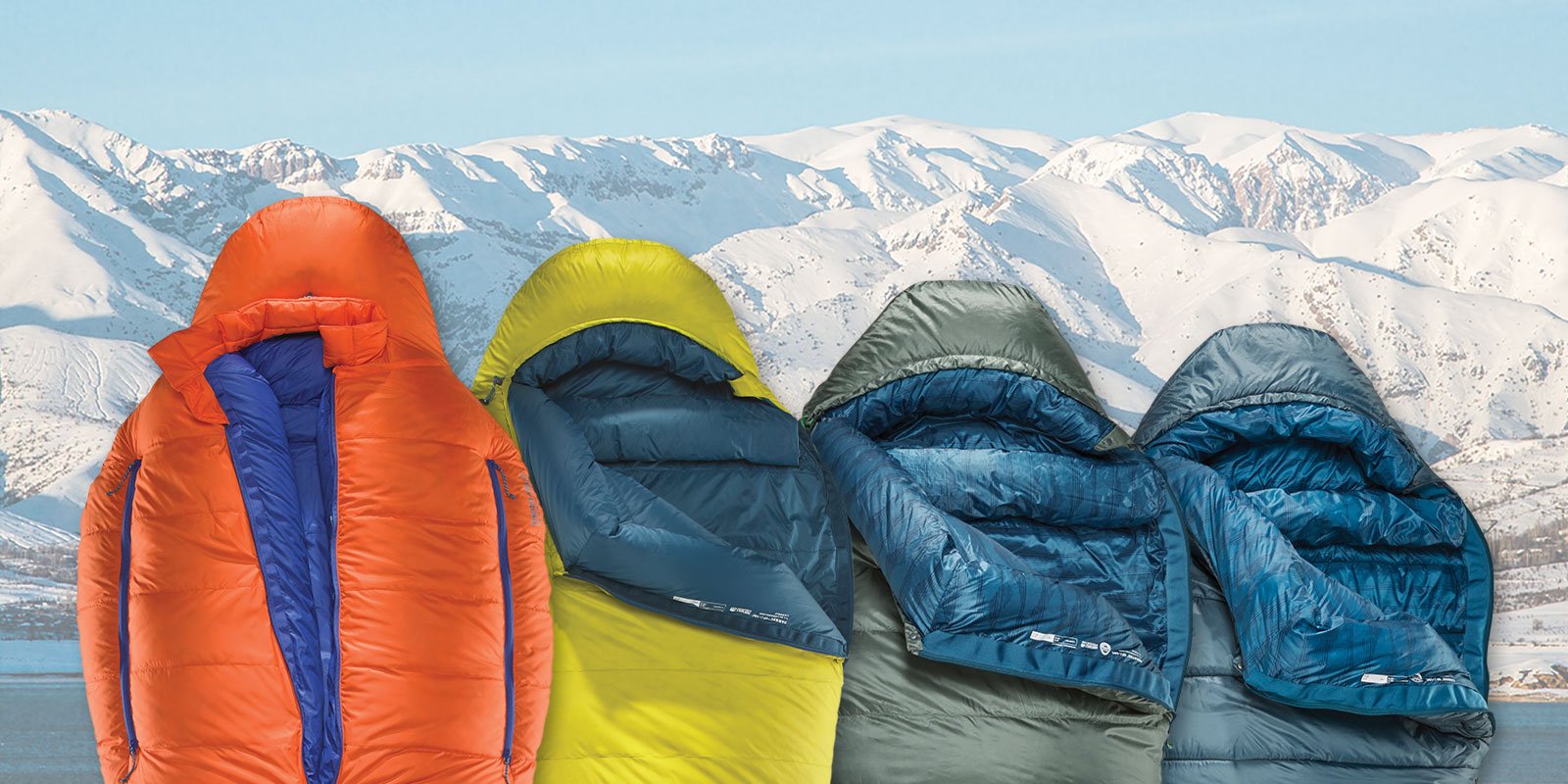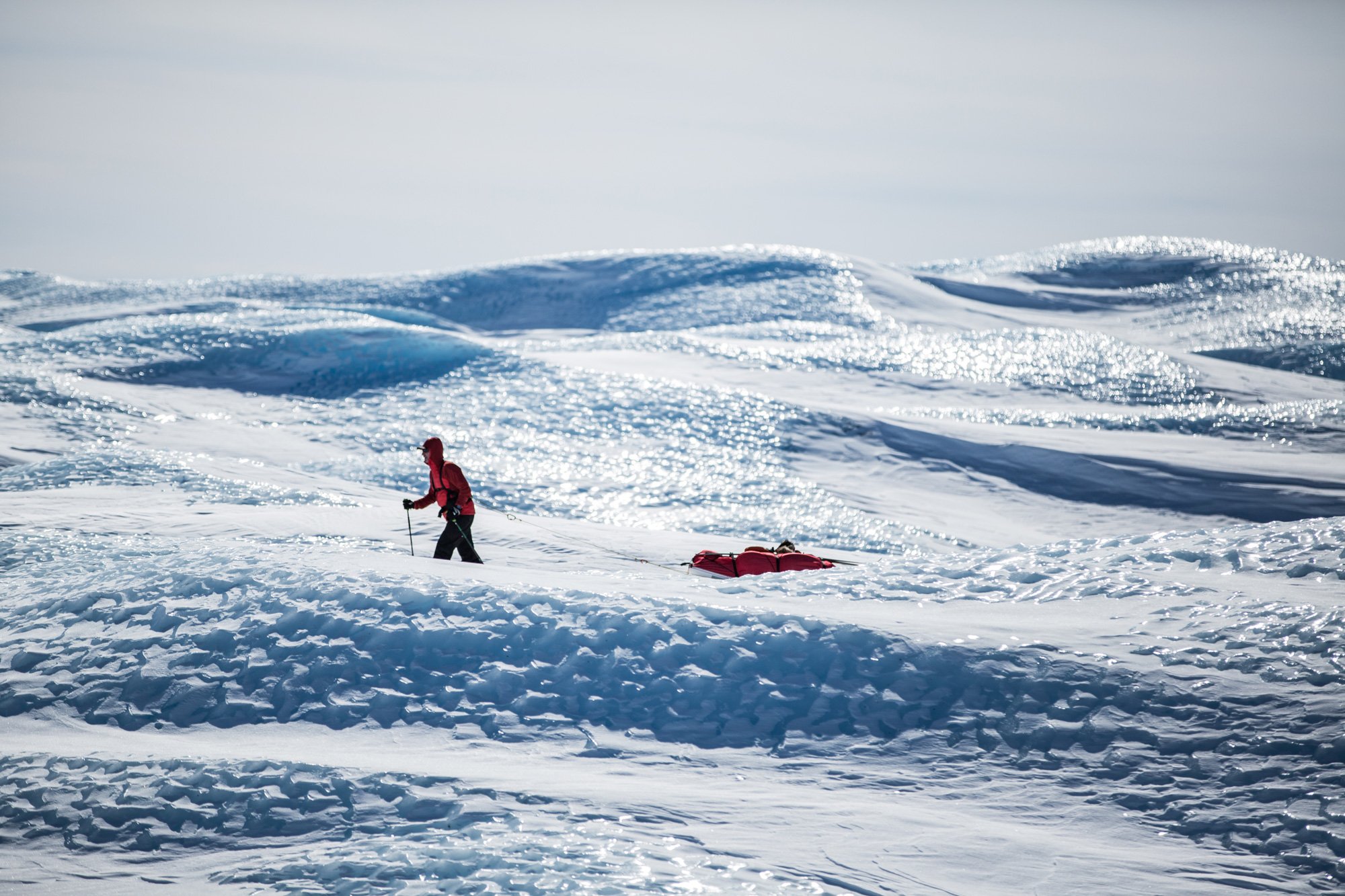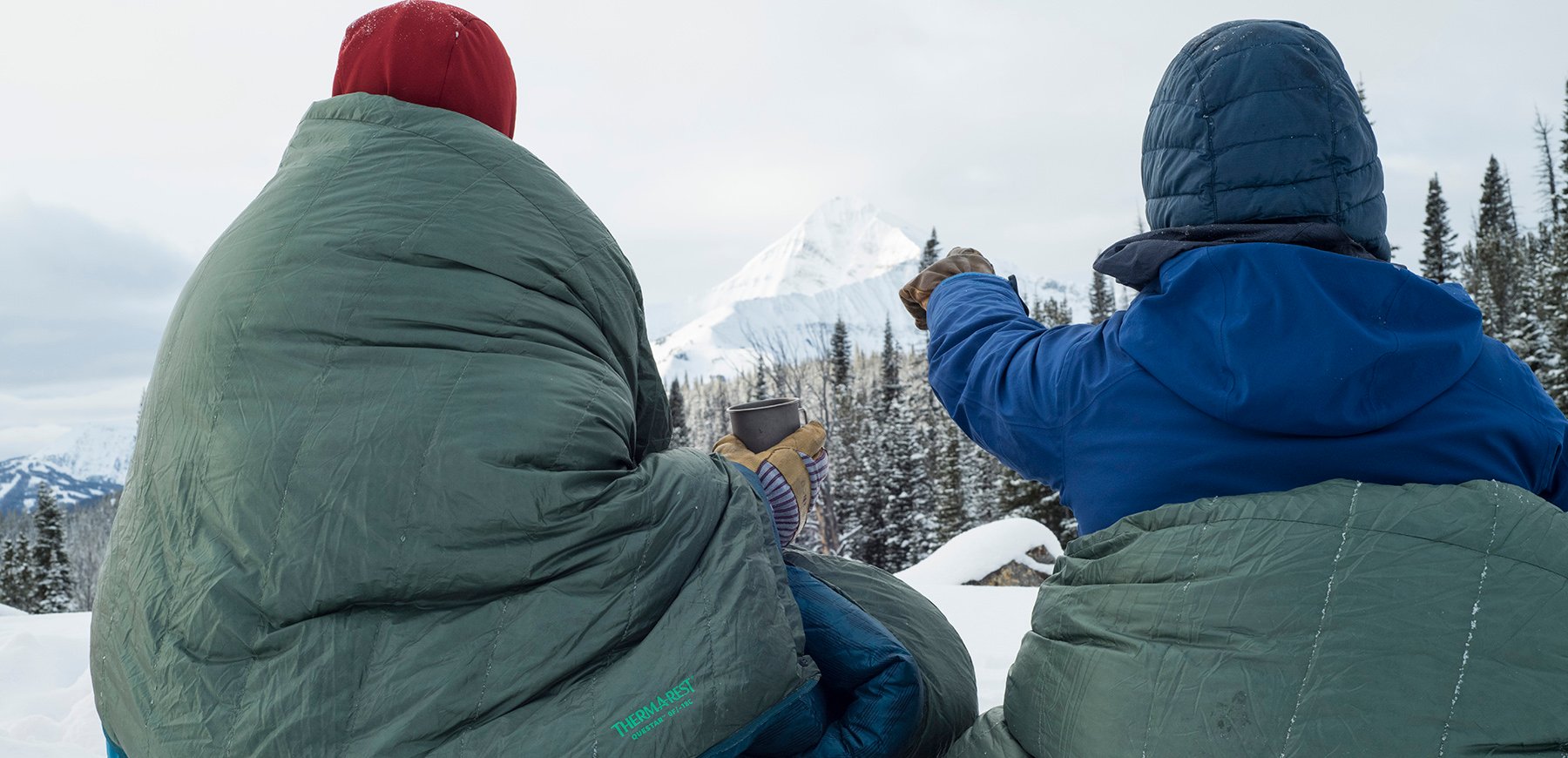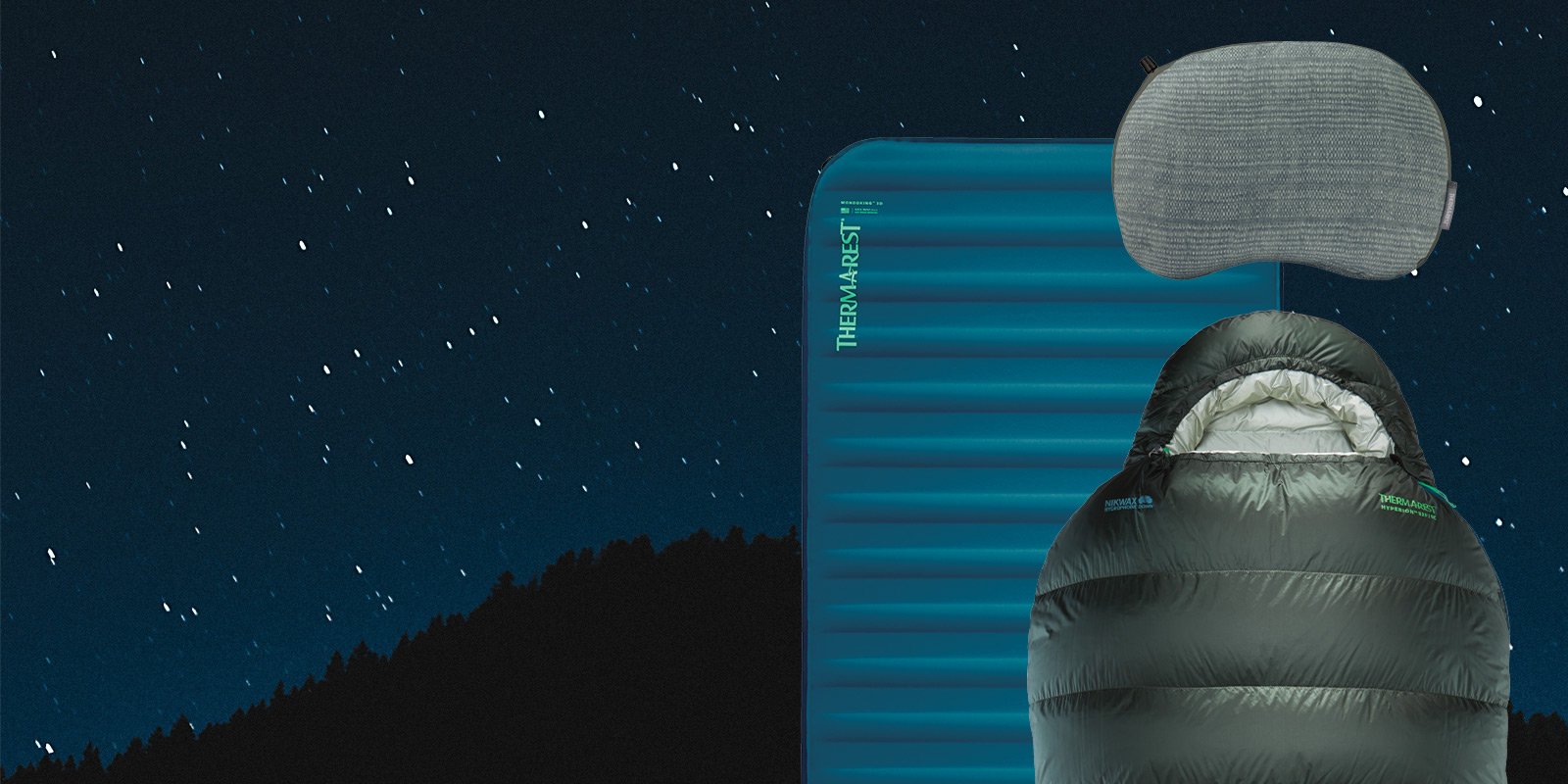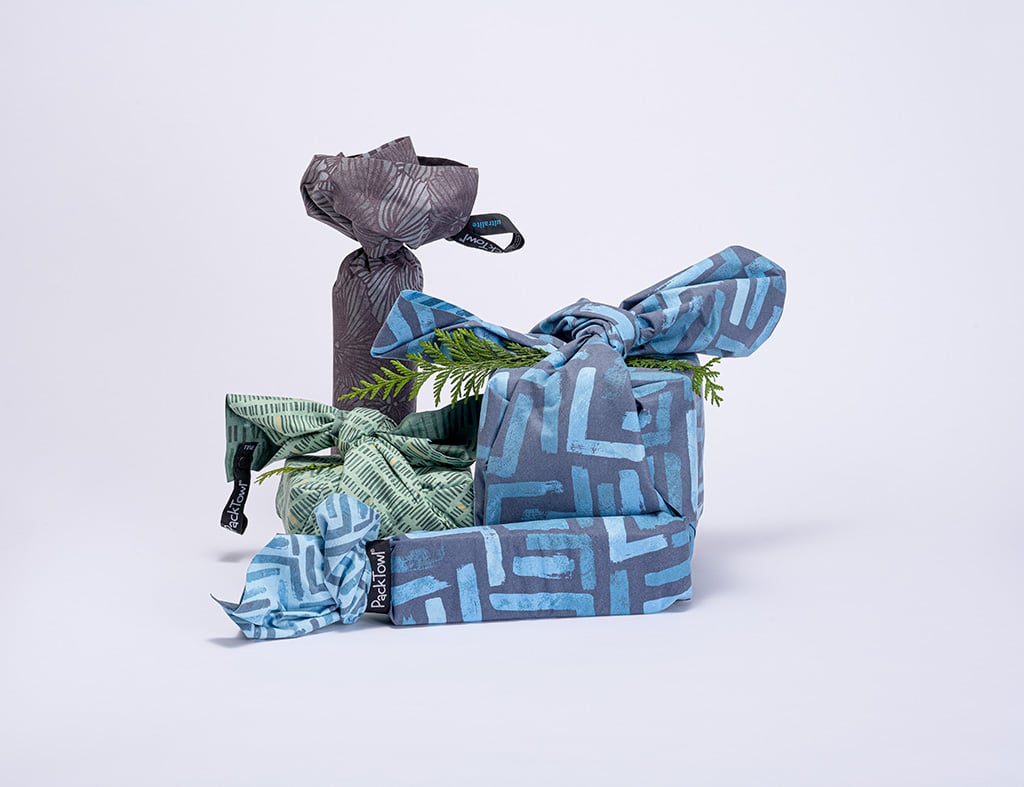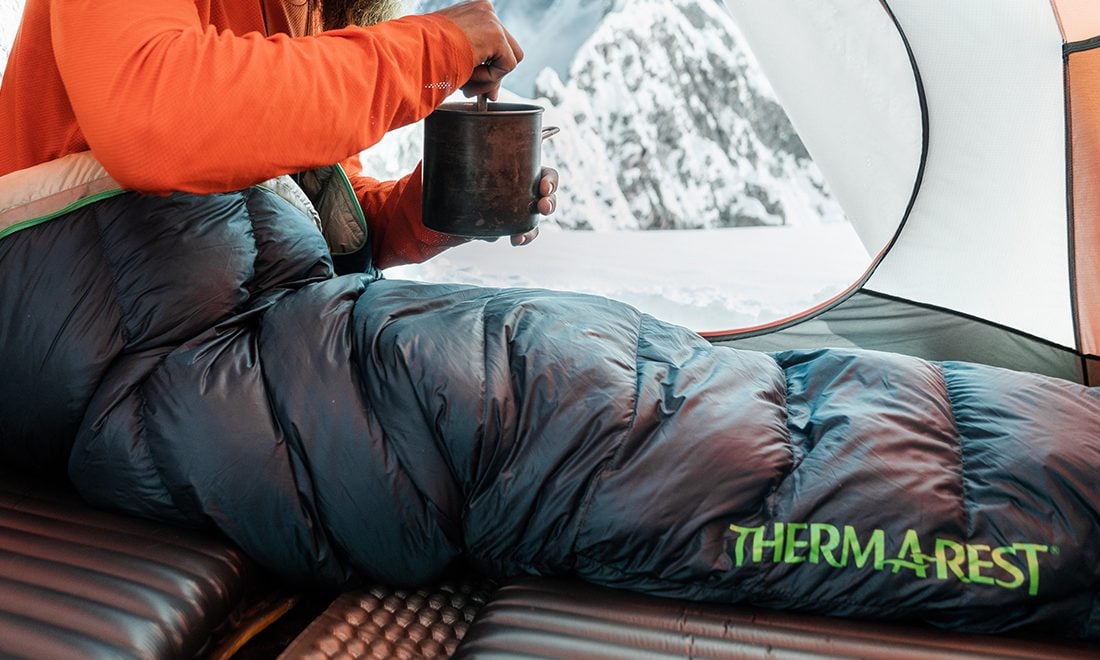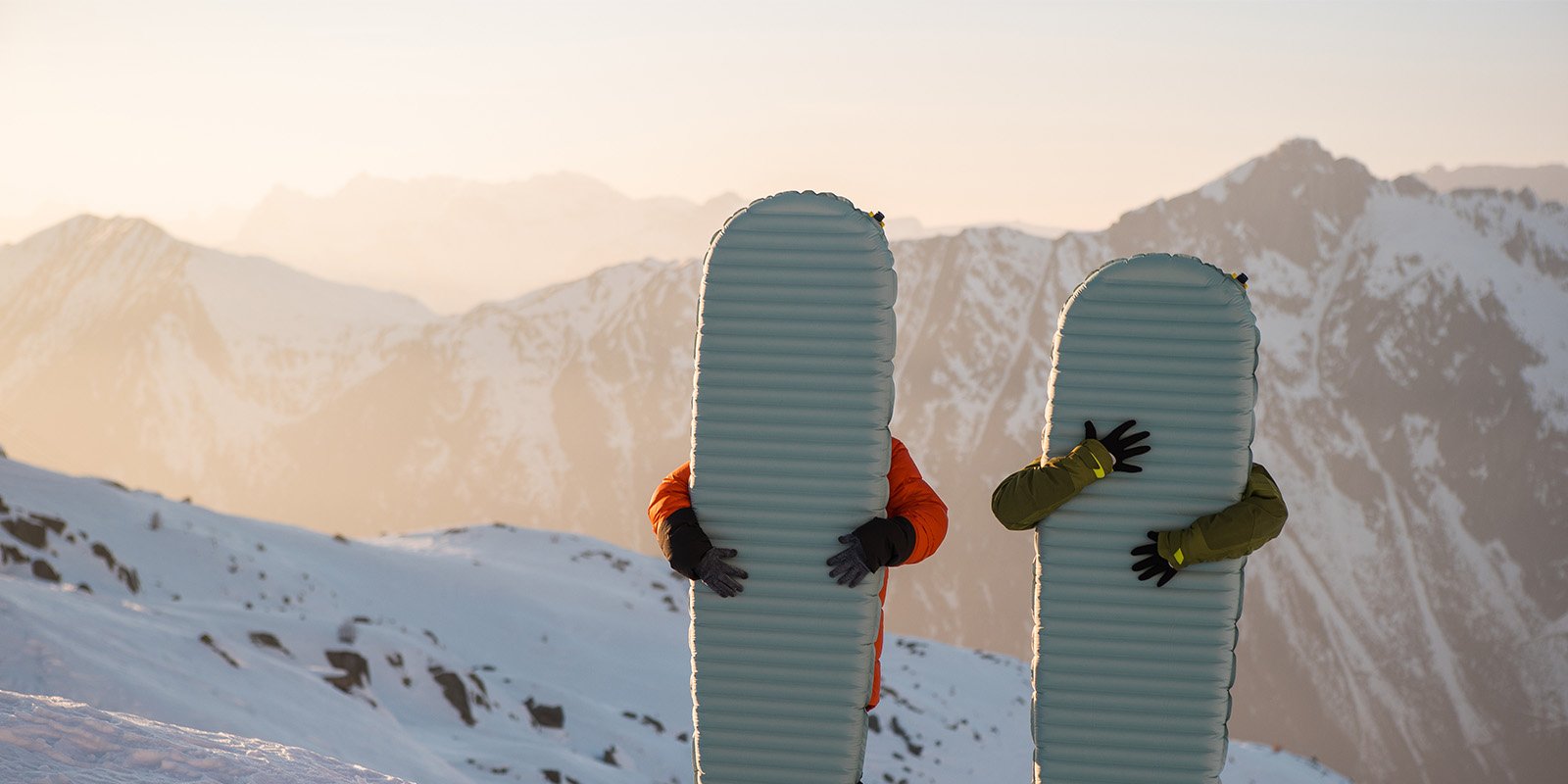When it comes to saving weight in your pack, the easiest way to lighten up is by saving weight on your bigger items like sleeping bags, stoves and pads. For example, our UberLite pad and Vesper quilt will get your sleep system to weight less than two pounds.
However, there are a lot of ounces to be saved with other essentials that you take on every backpacking trip. To help you join the #lighterpackclub, here are a few ideas to lighten up the ten essentials that you already bring on every adventure.
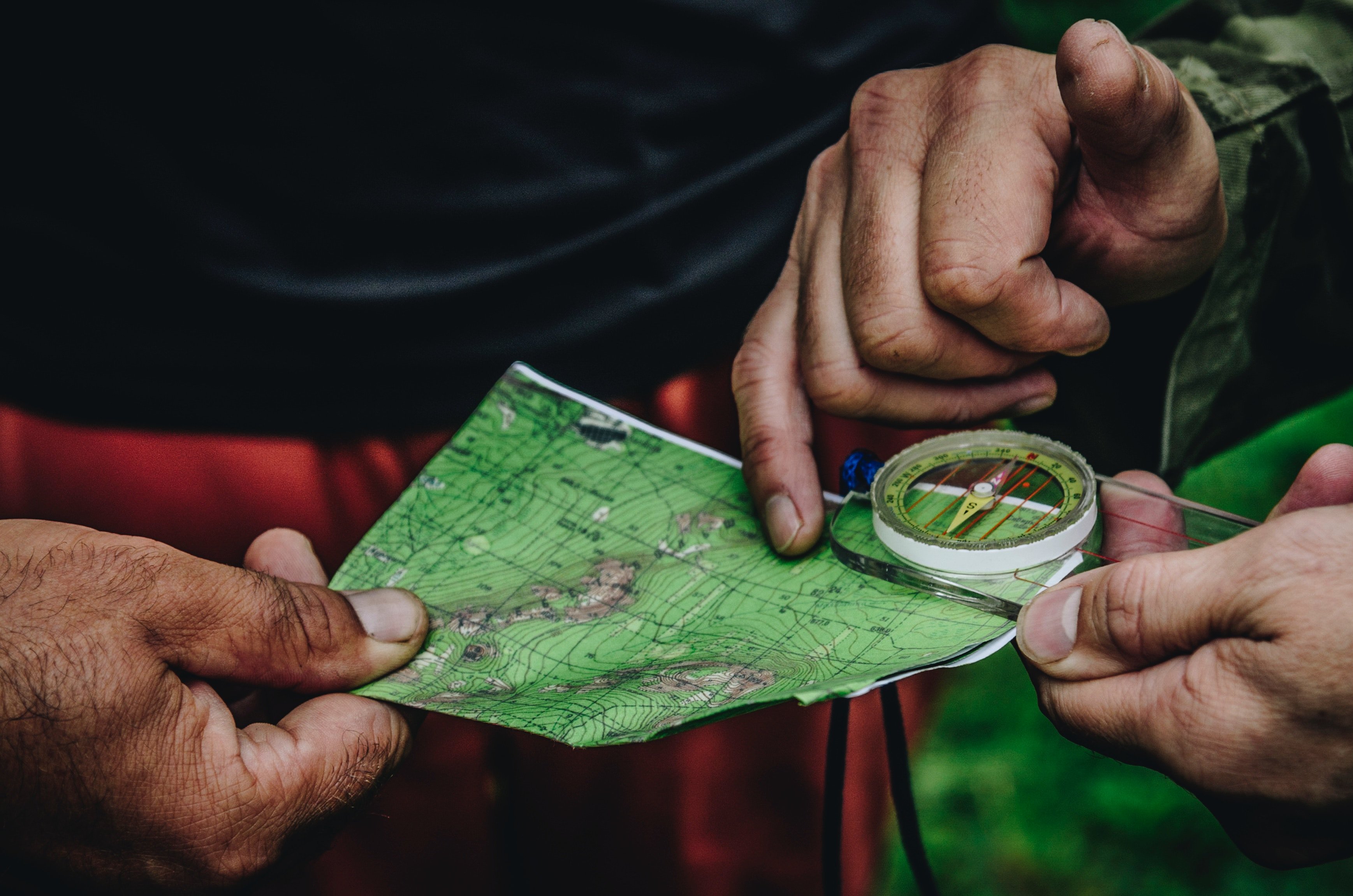
Navigation
If you’ve ever been lost or off-trail, you know how critical navigation is to your backcountry toolkit. A good ol’ compass and map can be your best friend so long as you know how to use them. They’re also much lighter than GPS units and they won’t run out of batteries.
If you aren’t worried about battery life, there are several app based maps an GPS services that can be downloaded right to your phone. This can make proper orienteering hard, so a standard map and compass are your best bet.
Sun Protection
If you’re only going out for a couple days, there’s no need to bring a full-size bottle of sunscreen. Opt for a travel-size version or a refillable container that you can reuse and refill for every adventure.
Another strategy is using versatile layers to protect yourself from the sun’s rays. Whether this is a lightweight base layer or a 1,001-use bandanna, always be thinking about how things can be two things.
First-aid
How many times have you actually used that one weirdly-sized band-aid in your first aid kit? Ready-made first aid kits are convenient, but they’re rarely lightweight.
Take a critical look at your first aid kit. Do you have everything you need? Do you have anything you don’t? Do you know how to use everything in your kit?
These questions should help you pare your first-aid kit down without sacrificing safety.
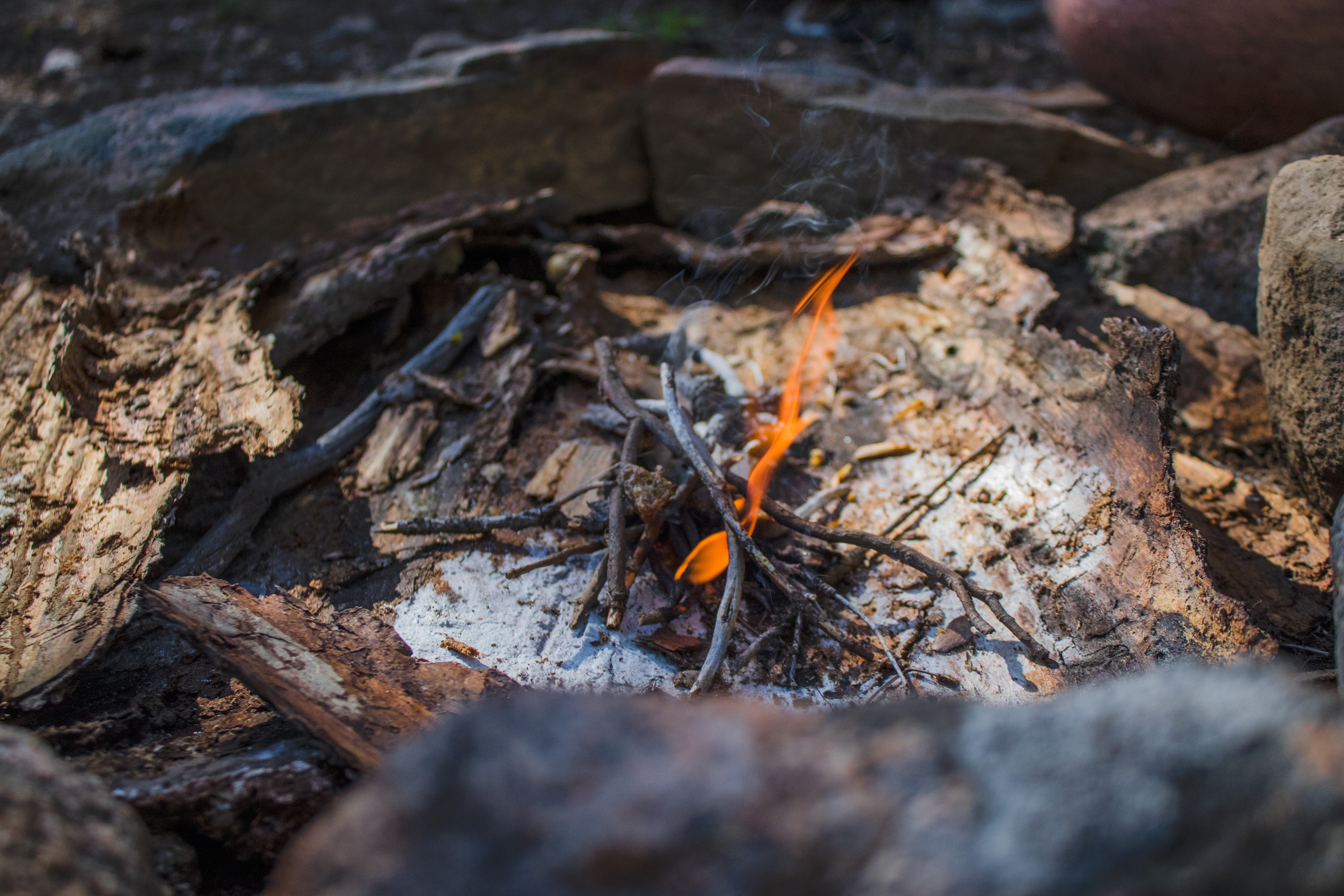
Fire
Fires aren’t just for toasting marshmallows. They can be emergency signals or critical sources of warmth in an emergency.
However, this doesn’t mean you need to carry a full Dura-Flame log on your next backpacking trip. A simple lighter or magnesium and flint will do the trick.
Repair kit and tools
Similar to packing your first aid kit, really dissect what you actually need and what things can pull double duty.
A mini multi-tool will handle most of your repair needs while certain gear tape is more than capable of repairing everything from a tear in your puffy to a hole in your tents rain fly.
Finally, when in doubt, you won’t regret having some extra duct tape wrapped around your water bottle or trekking pole.
Nutrition
The car doesn’t run if there’s no gas in the tank. The bigger the pursuit, the harder the objective, the more calories your body demands.
Picking food that lightens up your path can be as simple as looking at the calories per ounce that food contains. Choosing more calorie dense food will save you weight, but ensure that you don’t just pack king-size candy bars. Ensure your nutrition is well-balanced, offering the right amount of nutrients like protein, sodium, potassium and carbs that keep your adventures fueled.
Another easy way to shave a couple of ounces from your nutrition is to get rid of unnecessary packaging and putting it into more weight conscious storage.
Hydration
There’s no getting around it; water is heavy. So, the best way to avoid carrying water on your back is by staying hydrated.
That starts before your boots hit the trail. Get hydrated the day before and even leading up to your adventure. Plan out how much water you need to carry to make it between guaranteed refill points. When you reach those refill points, hang out for a bit and rehydrate.
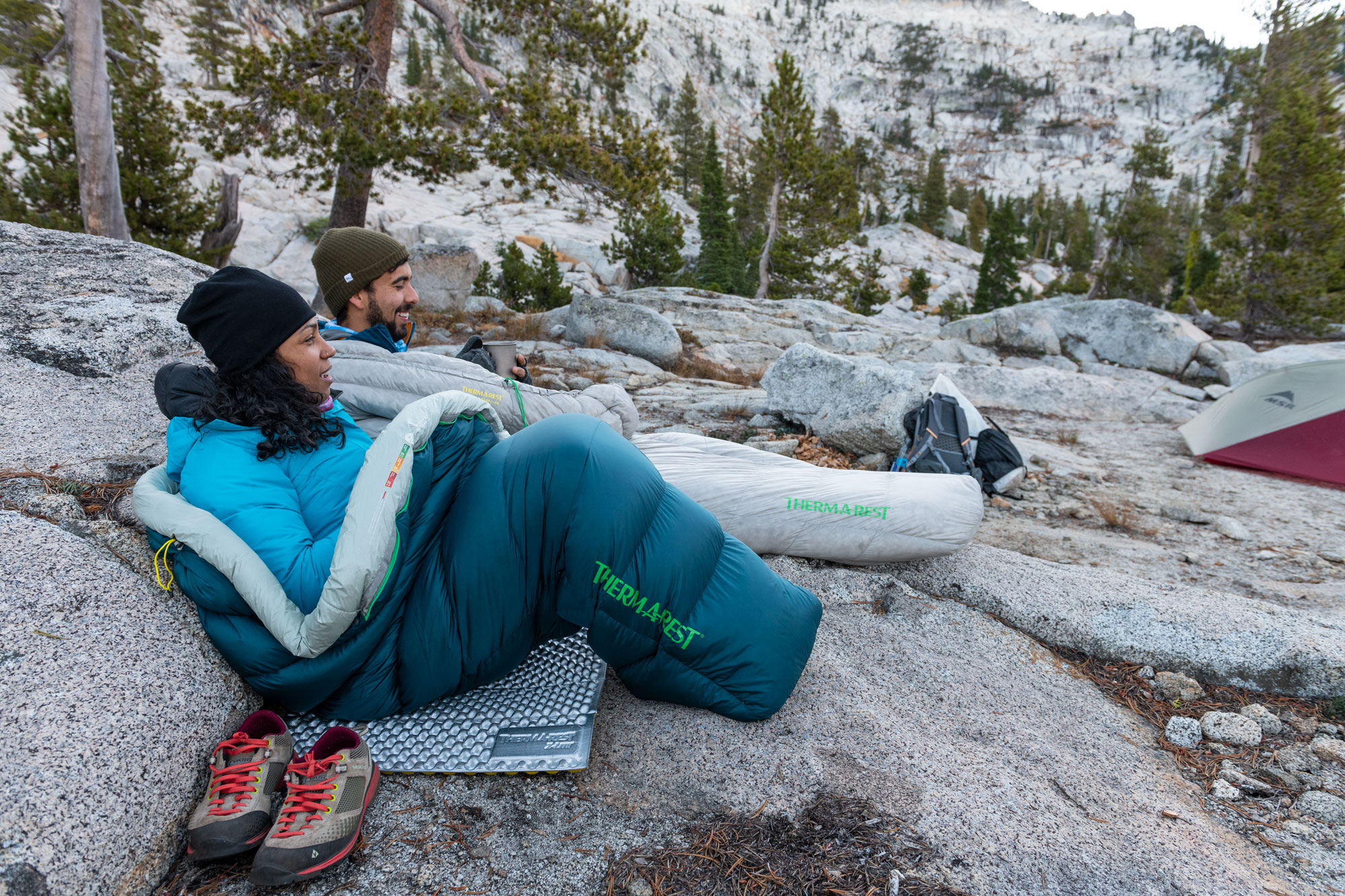
Insulation
One of our favorite topics around Therm-a-Rest HQ is staying comfy at camp. However, it’s also important to stay comfy on the trail. Once you’ve looked at the forecast, make sure you have the right layers for your days on the trail based on the temperature and output level.
At camp, put your layers on slightly before you need them. It’s easier for your body to maintain warmth than it is to get warm.
If need extra warmth around the campfire, consider using your sleeping bag or quilt around camp for extra warmth.
Emergency shelter
If you’re already out camping, then you’re good to go as your bivy sack or tent already accounts for your emergency shelter.
For those car-to-car style adventures, tossing a space blanket might make you feel like a prepper, but it can really save your butt in a tight situation.
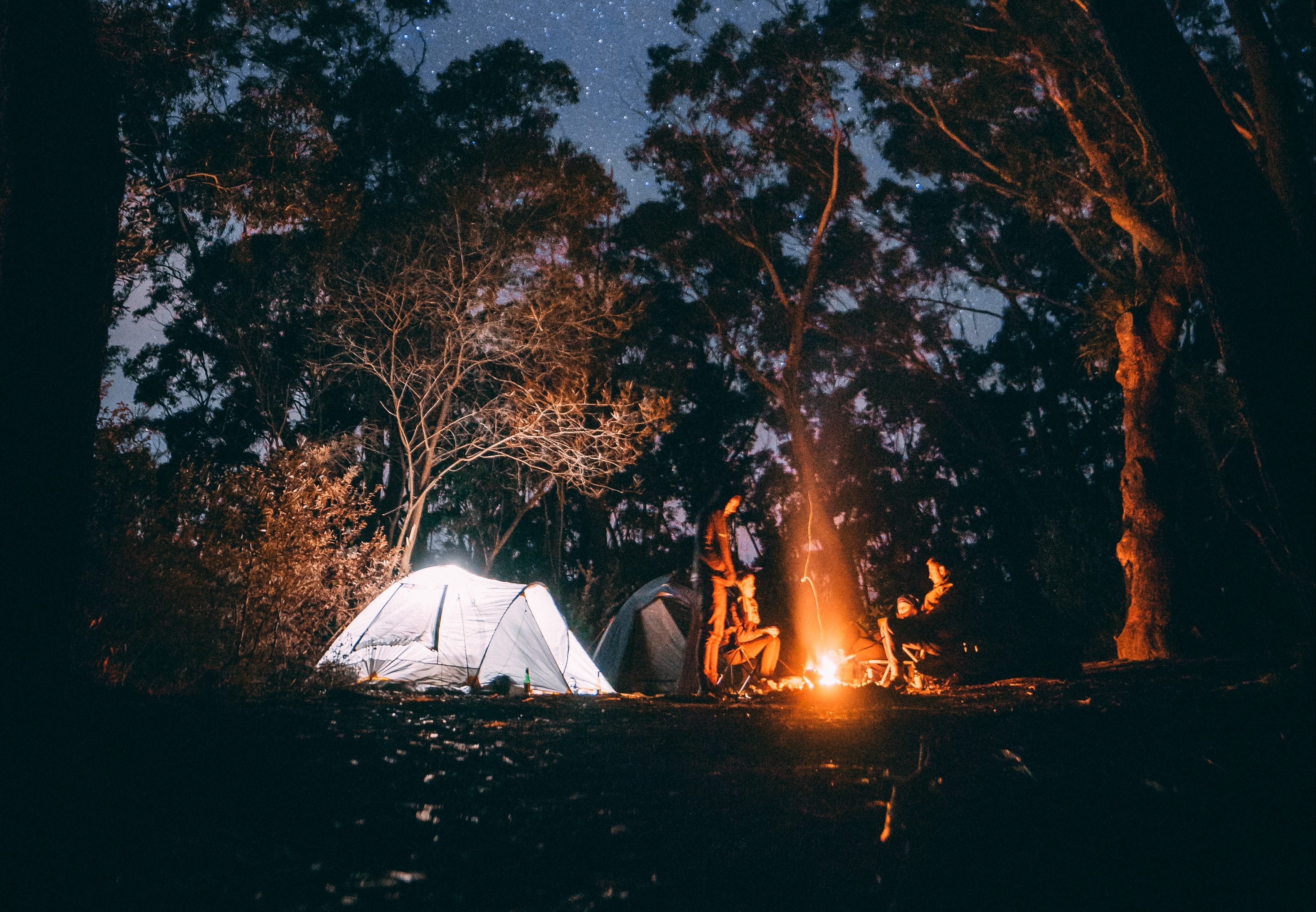
Illumination
This one goes last because you need a headlamp and bringing a headlamp means bringing backup batteries. Some headlamps are a few ounces lighter than others, but you should bring one on every adventure.
Final Thoughts
A lighter pack is a benefit that only needs to be felt once to realize the benefits. However, the 10 essentials make the list because they are, as the name states, essential. Be smart and safety-conscious when shaving the weight down in your pack. Lucky for you, it’s easy to carry those extra headlamp batteries and fully-stocked first aid kit when your sleeping pad and sleeping bag or quilt is ultralight. Keep sharing all of your ultralight adventures while you’re enjoying life in the #lighterpackclub.
